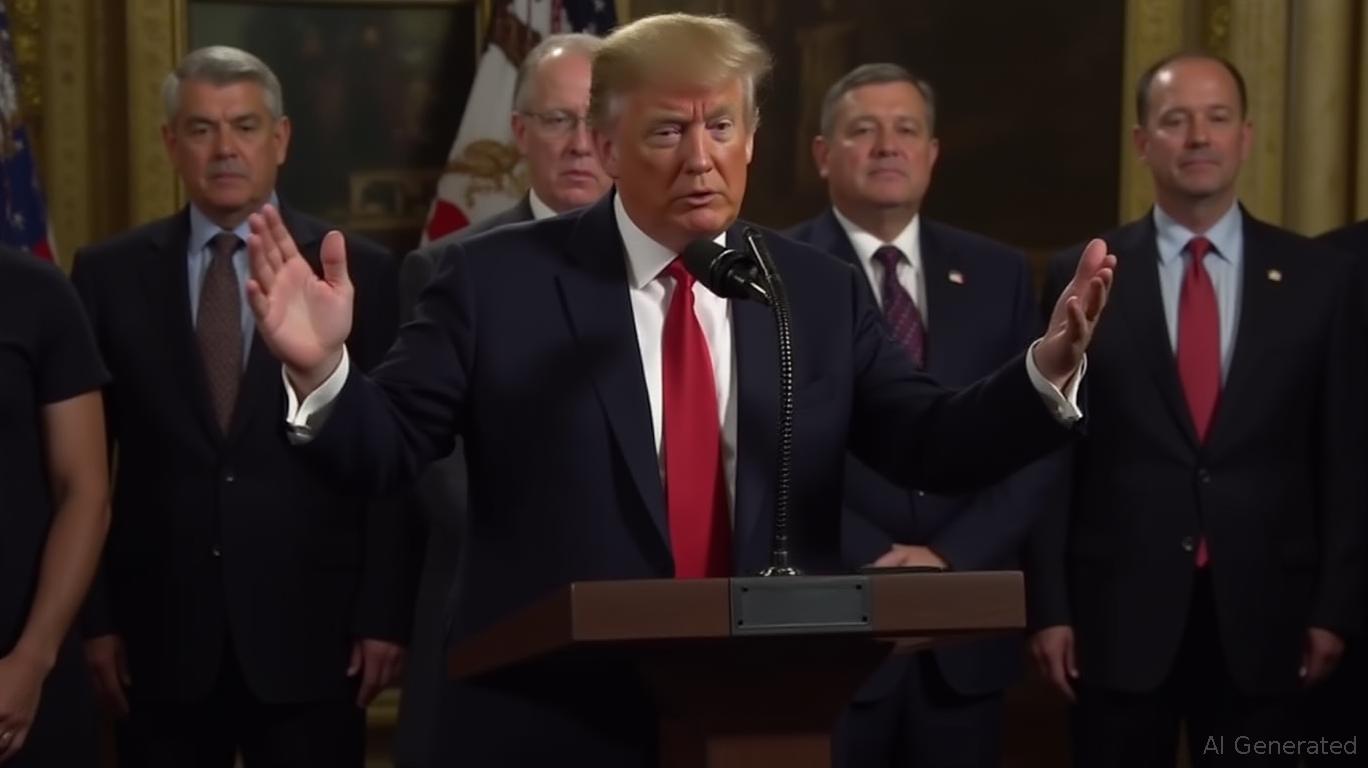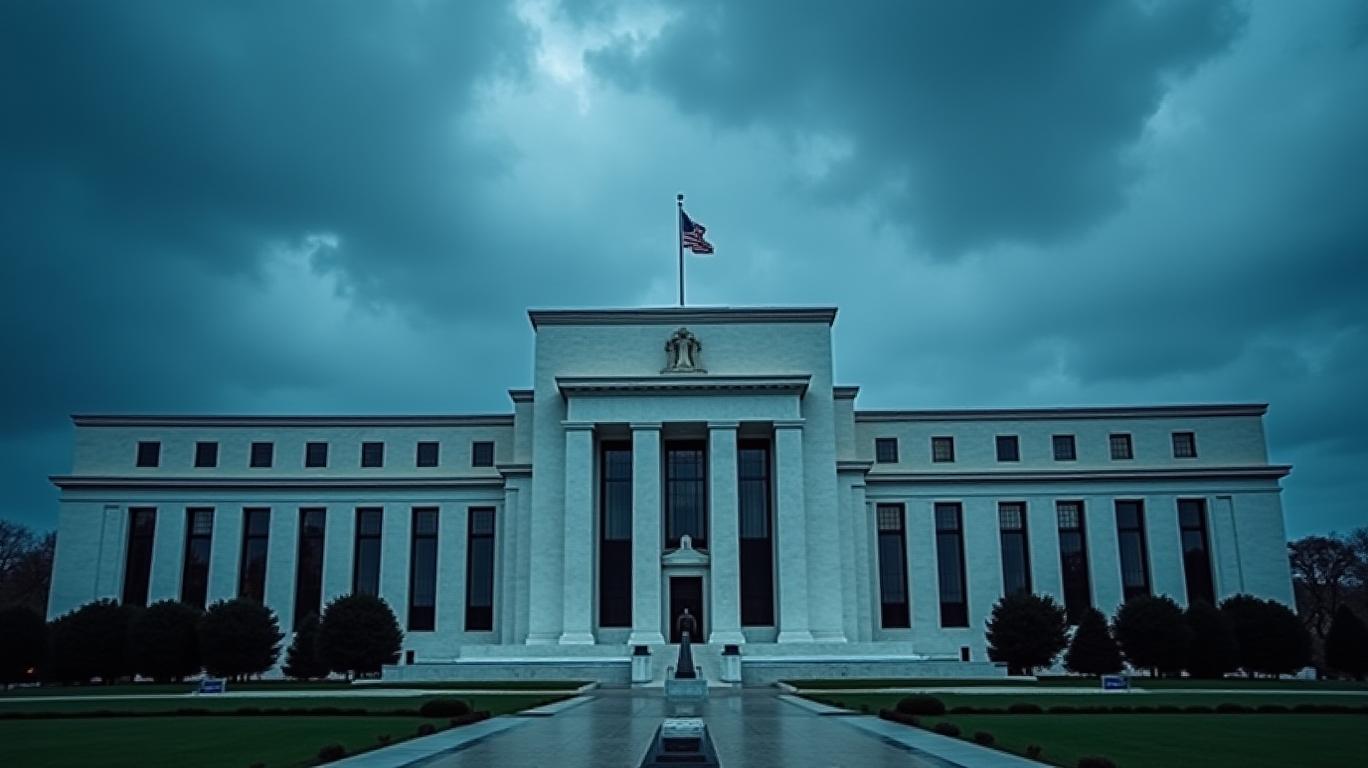The Political Turbulence Clouding the Federal Reserve's Monetary Policy Path
The escalating rhetorical clashes between former President Donald Trump and Federal Reserve Chair Jerome Powell have injected a new layer of uncertainty into U.S. financial markets. As Trump amplifies his criticism of the Fed’s monetary policy stance, investors are recalibrating their expectations, weighing the risks of politicized central banking against the economic fundamentals. The stakes could not be higher: the Fed’s independence has long been a pillar of global market stability, and its erosion could trigger volatility that overshadows even the most robust economic data.
At the heart of the dispute lies a familiar tension: the short-term political imperative to boost economic growth versus the long-term need to manage inflation and maintain financial system credibility. Trump’s public attacks on Powell—framing the Fed’s rate hikes as a political tool to undermine his agenda—tap into a broader anxiety about whether the central bank’s decisions are being swayed by partisan pressures. Historically, such politicization has eroded market confidence, as seen during the 1970s when U.S. inflation surged amid repeated Treasury interventions to suppress interest rates.

The immediate market reaction to Trump’s rhetoric has been a rise in volatility. The Cboe Volatility Index (VIX), often dubbed the "fear gauge," has spiked during periods of heightened political commentary, even as economic indicators like the unemployment rate remain near 50-year lows. This disconnect suggests investors are pricing in not just economic data but also the risk of policy missteps.
Meanwhile, the U.S. dollar, a traditional haven in times of uncertainty, has shown mixed signals. While it initially rallied in response to Fed rate hike expectations, its recent sideways movement hints at a broader loss of confidence in the dollar’s role as a stable reserve currency. A weaker dollar could amplify import costs, further complicating the Fed’s inflation-fighting efforts.
The historical parallels are stark. In 1971, then-President Richard Nixon pressured the Fed to keep rates low to boost his re-election chances, leading to a decade of stagflation. Similarly, in 1995, President Bill Clinton’s criticism of Alan Greenspan’s rate hikes coincided with a sharp market correction. Today, the Fed’s credibility is again under siege, with the yield on 10-year Treasuries—typically a barometer of inflation and growth expectations—dropping 50 basis points since mid-April, even as the Fed signaled further hikes. This divergence suggests investors are pricing in a higher risk of policy error or a recession.
Investors must also consider the Fed’s own vulnerabilities. Powell’s leadership has been marked by a commitment to transparency, but this has come at a cost: market participants now dissect every word from Fed officials for clues about policy shifts. Trump’s attacks exploit this sensitivity, amplifying the risk of self-fulfilling prophecies. For instance, if the Fed pauses rate hikes prematurely due to political pressure, it could reignite inflation, forcing a more aggressive tightening cycle later—a scenario that would likely crater equity valuations.
The data underscores the precarious balancing act. The Fed’s preferred inflation gauge, the PCE price index, slowed to 3.6% year-over-year in April—still above the 2% target but within striking distance. However, core inflation (excluding volatile food and energy prices) remains elevated at 4.5%, leaving little room for policy complacency. If the Fed hesitates, it risks losing the progress made over the past two years.
In conclusion, the escalating political theater around the Fed poses a critical test for market resilience. While U.S. fundamentals remain strong, the erosion of central bank independence could undermine the very stability investors rely on. Historical precedents warn that politicized monetary policy often ends in economic pain—stagflation in the 1970s, the 2008 crisis exacerbated by regulatory failures. Today’s investors would be wise to heed these lessons. With the VIX at its highest level since November 2022, and the dollar’s dominance under question, portfolios should prioritize defensive assets and sectors insulated from policy volatility. The path forward is clear: the Fed must remain resolute, and markets must demand it. The alternative is a replay of history’s costliest errors.


_442a2dcc1749832873286.jpeg)
_e68fac6d1749831664430.jpeg)






